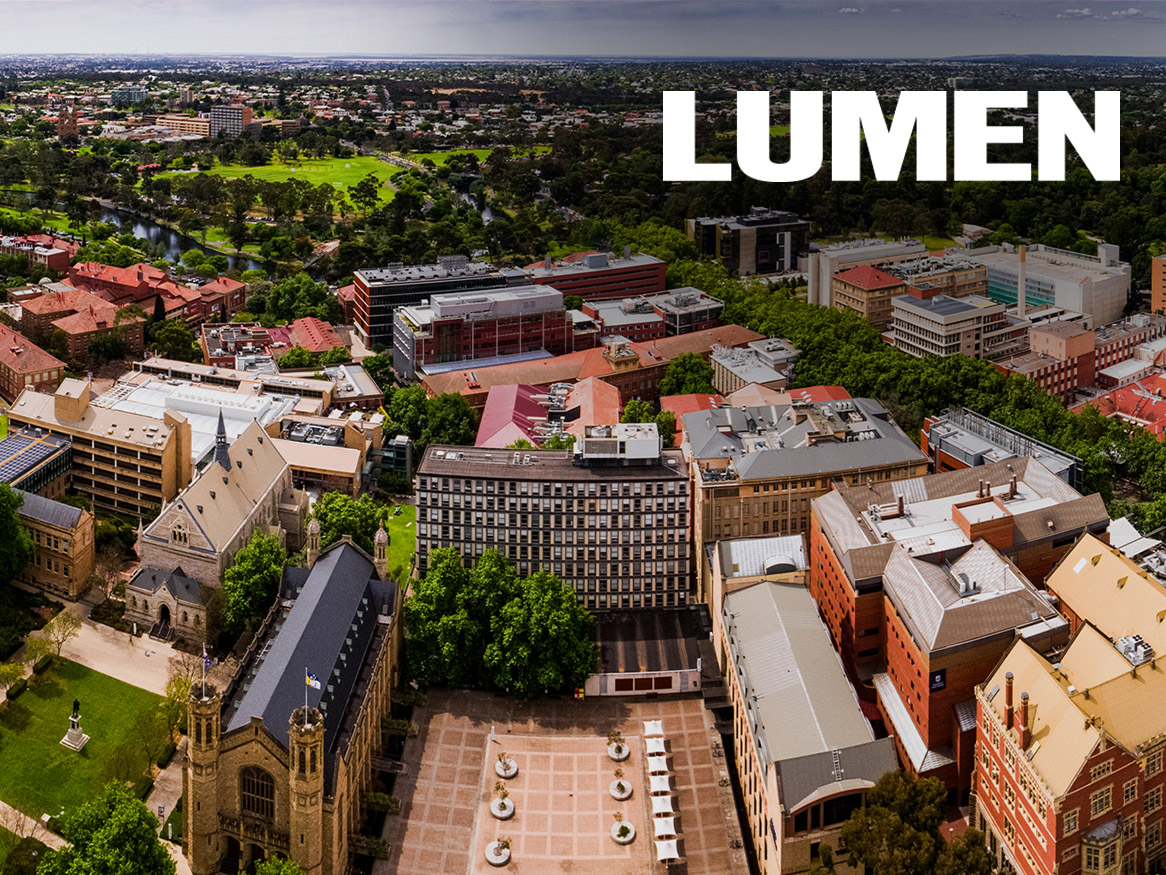New bee species found with special head shape
Thursday, 17 September 2015
South Australian bee specialists have uncovered four new native bee species – three of them with special narrow heads and unusual long mouth parts allowing them to feed on emu bush flowers.
The four new native bees were found during the nature discovery project Bush Blitz expeditions at Cane River Conservation Park in the Pilbara region, WA, and Bon Bon State Reserve, south of Coober Pedy, in SA.
Published in the journal ZooKeys and led by the University of Adelaide’s Dr Katja Hogendoorn, the researchers describe the four new species in the genus Euhesma, based on evaluation of DNA ‘barcoding’ and morphological comparison of the bees with museum specimens.
“Three of the species belong to the group of bees that feed on the flowers of emu bushes,” says Dr Hogendoorn. “The way they have adapted to be able to feed on these flowers is a great example of co-evolution.
“These bees have narrow faces and very long mouth parts to collect the nectar through a narrow constriction at the base of the emu bush flowers. The fourth species belongs to a different group within this large genus and has a normally round-shaped head.”
Dr Hogendoorn says that despite native bees’ environmental and economic importance as pollinators of native plants and agricultural and horticultural crops, only an estimated two-thirds of Australian bee species are as yet known to science.
“Habitat loss and pesticides are the main cause of native bee declines in Europe and the United States but the conservation status of native Australian bees is largely unknown,” she says.
“This lack of information is largely because we have a very limited knowledge of the taxonomy, distribution and population dynamics of our invertebrates. It would be a sad case if species became extinct before they were recognised.”
To make native bees more accessible to the scientific community, the researchers have started an open access project, AUSBS (Australian bees), with the global DNA barcoding database, Barcoding of Life Datasystems.
“We aim to help scientists identify species using molecular markers so they can document local biodiversity of native bees, and to assist with recognition of new species,” says Dr Hogendoorn.
“So far we’ve included 271 DNA sequences of 120 species collected during Bush Blitz surveys. With about 750 Australian bee species still undescribed, there is an enormous job still to do.”
The project is a collaboration with Dr Remko Leijs and Associate Professor Mark Stevens from the South Australian Museum.
Contact details
Email: katja.hogendoorn@adelaide.edu.au
Postdoctoral research associate
School of Agriculture, Food and Wine, Waite Campus
The University of Adelaide
Business: +61 8 8313 6555
Mobile: +61 409 728 869
Media Team
Email: media@adelaide.edu.au
Website: https://www.adelaide.edu.au/newsroom/
The University of Adelaide
Business: +61 8 8313 0814







